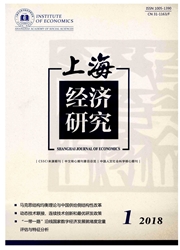

 中文摘要:
中文摘要:
2008年中国"四万亿救市计划"推出后,一方面稳定了国内经济增长,但另一方面也造成了银行业等金融机构积聚了大量不良资产。为保障中国金融业的稳健运行,该文首先对不良资产产生的经济、金融环境进行了分析;其次,从四个方面对比了本轮不良资产(第二轮不良资产)与上世纪90年代不良资产(第一轮不良资产)之间的差异性;再次,总结归纳了美国、韩国、日本等国家不良资产的处置经验;最后,在"供给侧结构性改革"背景下,探讨了中国金融业的不良资产处置可以采取"AMC收购处置""债转股""互联网+不良资产"及"引进社会资本"等方式,旨在加快处置当前中国金融业的不良资产,维护金融稳定发展。
 英文摘要:
英文摘要:
Chinese four trillion bailout plan in 2008 stabilized the domestic economic growth; on the other hand, it also caused the large accumulation of non-performing assets within the bank sectors and other financial institutions. In order to guarantee the safe and steady operation of Chinese financial industry, this paper, firstly, analyzes the causes of the current non-performing assets from the economic and financial environment. Secondly, the paper contrasts the second round of the accumulation of non- performing assets with the first round, and sums up the experience of foreign disposal of non-performing assets. Then, the paper discusses the disposing solutions by the "debt to stock", "AMC purchase and disposal", "internet plus non-performing assets" and "introduction of social capital" from the perspective of Structural Reform of Supply-Side.
 同期刊论文项目
同期刊论文项目
 同项目期刊论文
同项目期刊论文
 期刊信息
期刊信息
